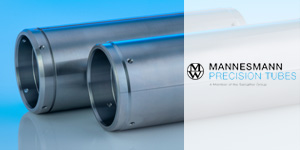Increase Power Factor
Prevent Reactive power tariff and reduce heat
The Power Factor, or cosine phi, can be improved in several ways. The Power Factor can be increased by compensating the reactive power used in inductive loads, such as motors and induction ovens. Reactive power compensation can be achieved with different types of capacitor bank, but active electronic compensation is also possible. Each approach has its own advantages and drawbacks. HyTEPS is specialized in finding the best solution for any issues you may have.
Advantages of Power Factor correction
The functioning of a Cos Phi capacitor bank
Installing a Cos Phi capacitor bank reduces consumed reactive power. The capacitor bank provides capacitive power to compensate for the inductive power (reactive power). As a result, the reactive power does not pass through the entire installation. Energy losses in the installation are greatly reduced and energy efficiency is improved.
Capacitorbanks or Static VAr generators
Static VAr generators are better protected against extreme environments, such as temperature variations and weak grids with high amounts of harmonic voltages. SVGs are also more suitable for rapidly varying loads. A capacitor bank is not capable of correcting the Power Factor of capacitive loads, whereas an SVG is able to do this. The main drawback of an SVG is, of course, the higher cost.


The right type and capacity
Different types of Cos Phi capacitor bank (regulated and fixed) are available, with dozens of different capacities. Each installation and situation requires correct analysis and calculation, in order to dimension the most suitable capacitor bank. HyTEPS has considerable knowledge and years of experience, allowing us to advise you. We supply a wide range of high-quality Cos Phi capacitor banks from several high-quality suppliers.

Location of the Power Factor correction device
The positioning of the correction device is of key importance in reaching your goals. Reactive power can be compensated decentrally. The main advantage of this method is the fact that no reactive current flows through the feeding lines. This prevents high cable losses in large distributed installations. Reactive power can also be compensated centrally. This can be done on the medium voltage grid, introducing the advantage of scale.
| Decentralized compensation (at the end-user) | Centralized compensation (at the main distribution board) |
|---|---|
| • Suitable for continuous consumption, such as motors + No reactive power in the feeding lines + Lower cable losses in the feeding lines + Suitable for smaller powers | • Suitable for compensating multiple loads + Economies of scale + Less components in the installation + Large powers are possible + Suitable for multiple time varying loads + Compensation on the medium voltage level is possible |









